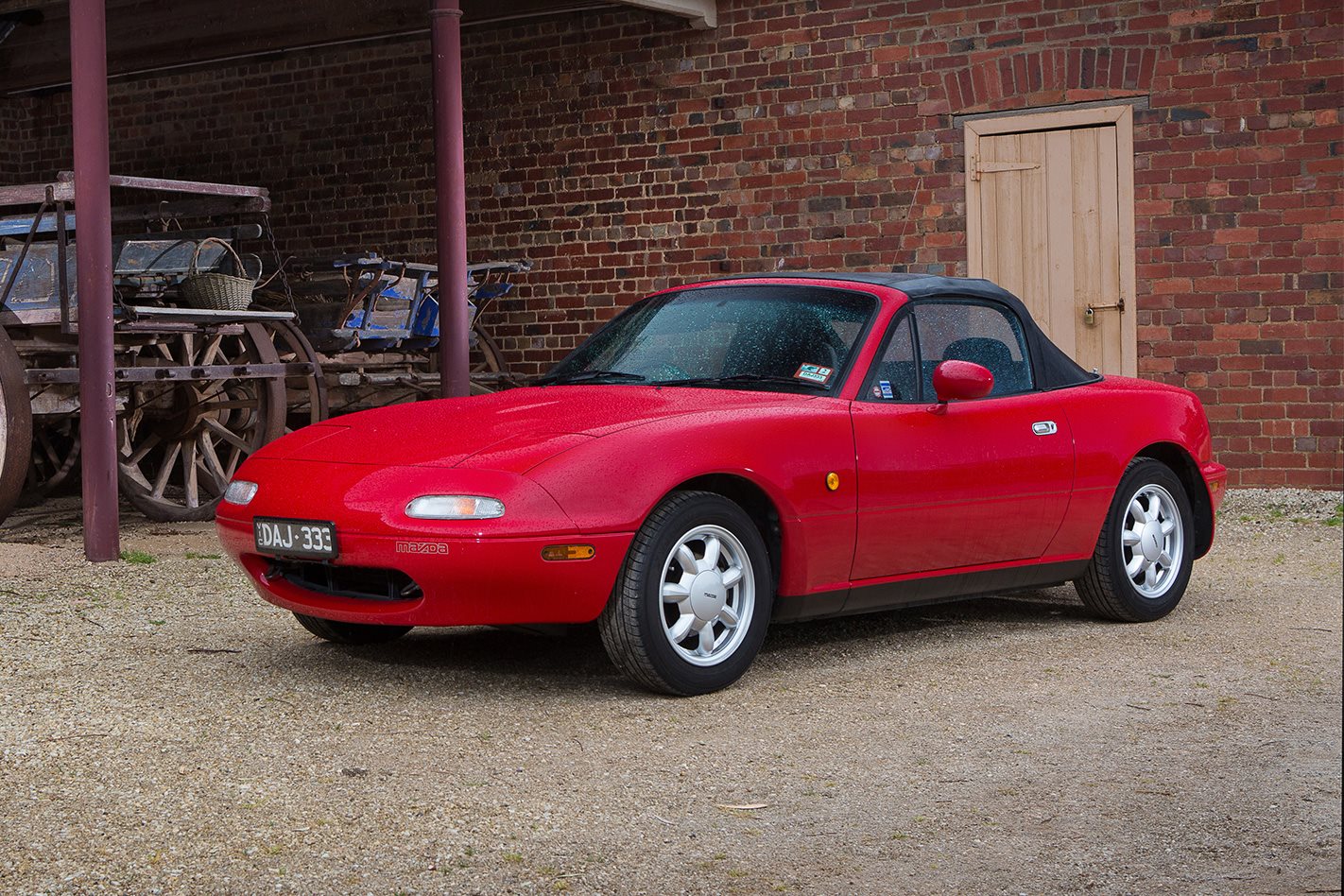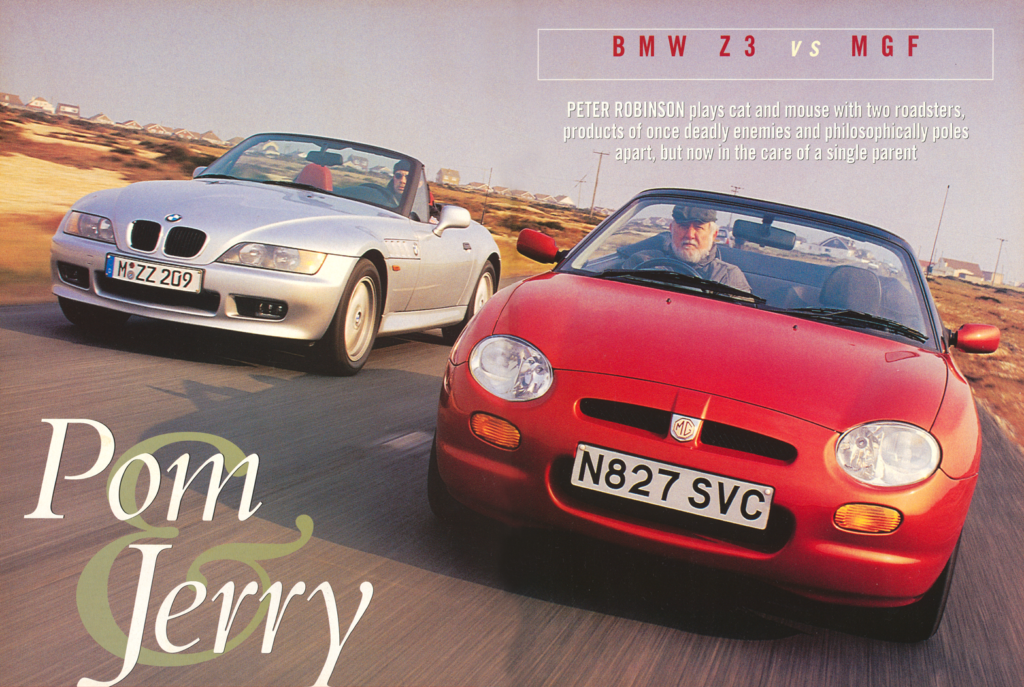Everyone is supposed to own a sports car at least once in their lifetime.
First published in the May 2017 issue of Wheels Magazine, Australia’s most experienced and most trusted car magazine since 1953.
For several million people around the world – more than a million of them as new-car buyers – that was made possible by Mazda’s brilliant MX-5.
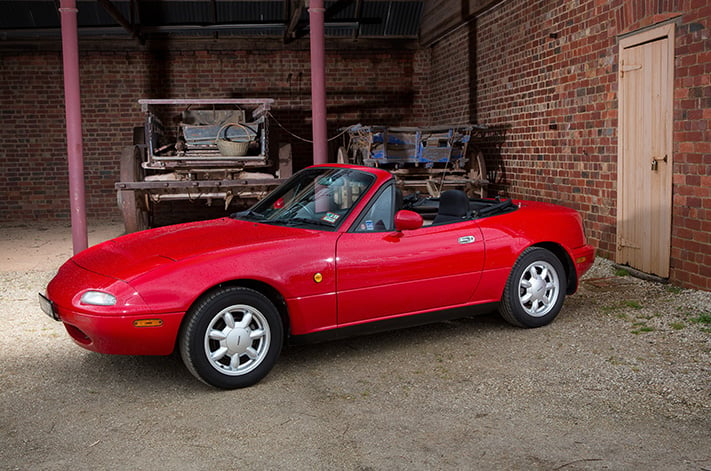
The MX-5’s simple and honest styling recalled a more romantic era of motoring; its modern mechanicals implied reliability. It was a roadster without oil leaks, soaked upholstery or roadside strandings; an economical, everyday sports car that was a hoot to drive.
US automotive journalist Bob Hall, who later became a long-time Wheels staffer, is often credited as the father of the MX-5. In 1979, Hall proposed and sketched a low-cost rear-drive roadster for Mazda president Kenichi Yamamoto; that led to his hiring by the brand’s California styling studio in 1981.
Initially working on pick-up trucks, Hall was soon personally tapped by Yamamoto to start work on the sports car concept.

The final car wasn’t as simple as it looked. While the MX-5 invited comparison with the likes of the MGB and Lotus Elan, its handling and comfort stemmed from a rigid, unitary chassis designed with a super-computer.
Similarly, while originally conceived with a sohc engine and a live rear axle, cost savings along the development path made way for more advanced components.
Computers also produced a cocktail of strangely familiar sports car emotions.
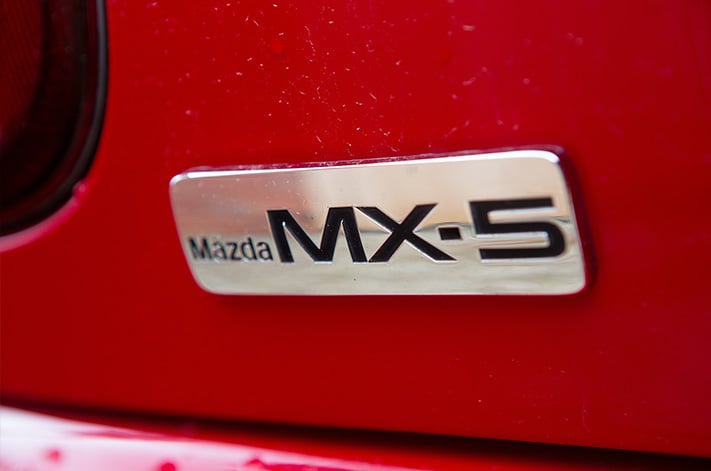
None of this overshadowed the purity of the MX-5’s 50/50 weight distribution and a communicative chassis that was all the more enjoyable for not being overwhelmed with power.
Between April 1989 and October 1997, Mazda built a total of 431,544 NA-series MX-5s, selling 231,800 in North America (as the Miata), 118,300 in Japan (Eunos Roadster), 67,800 in Europe and around 6100 in Australia.
Nothing ‘B’ about it The MX-5’s all-alloy 1598cc four-cylinder was based on the 323’s transverse B-series donk, but with a modified block for rear-drive, a new dohc 16v cylinder head and a lightened crank and flywheel.
Outputs of 85kW at 6500rpm and 130Nm at 5500rpm went through a snickety-quick five-speed manual to push the roadster from 0-100km/h in 8.8 seconds.

Double-wishbone suspension at each corner was similarly exotic, brakes were discs all around and, with its 980kg balanced 50:50 front to rear, the MX-5 introduced sublime handling to the masses.
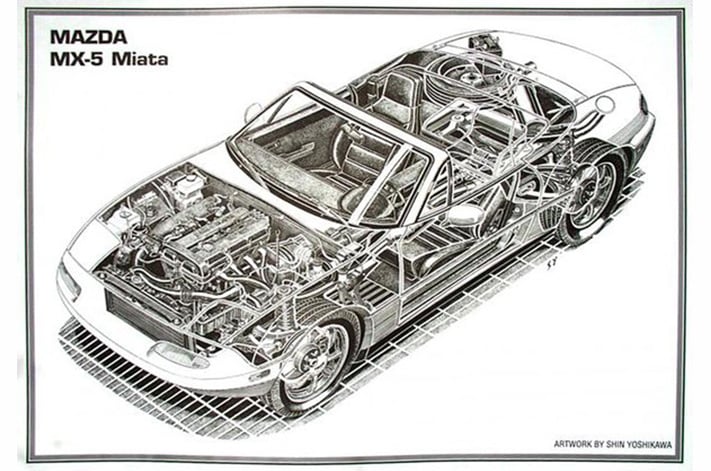
But beautiful details like Alfa Spider-inspired door handles, a gearshift that clinked against metal stops as in a Ferrari, and a manual roof that a stronger driver could operate one-handed while seated, made this a joyful place.


